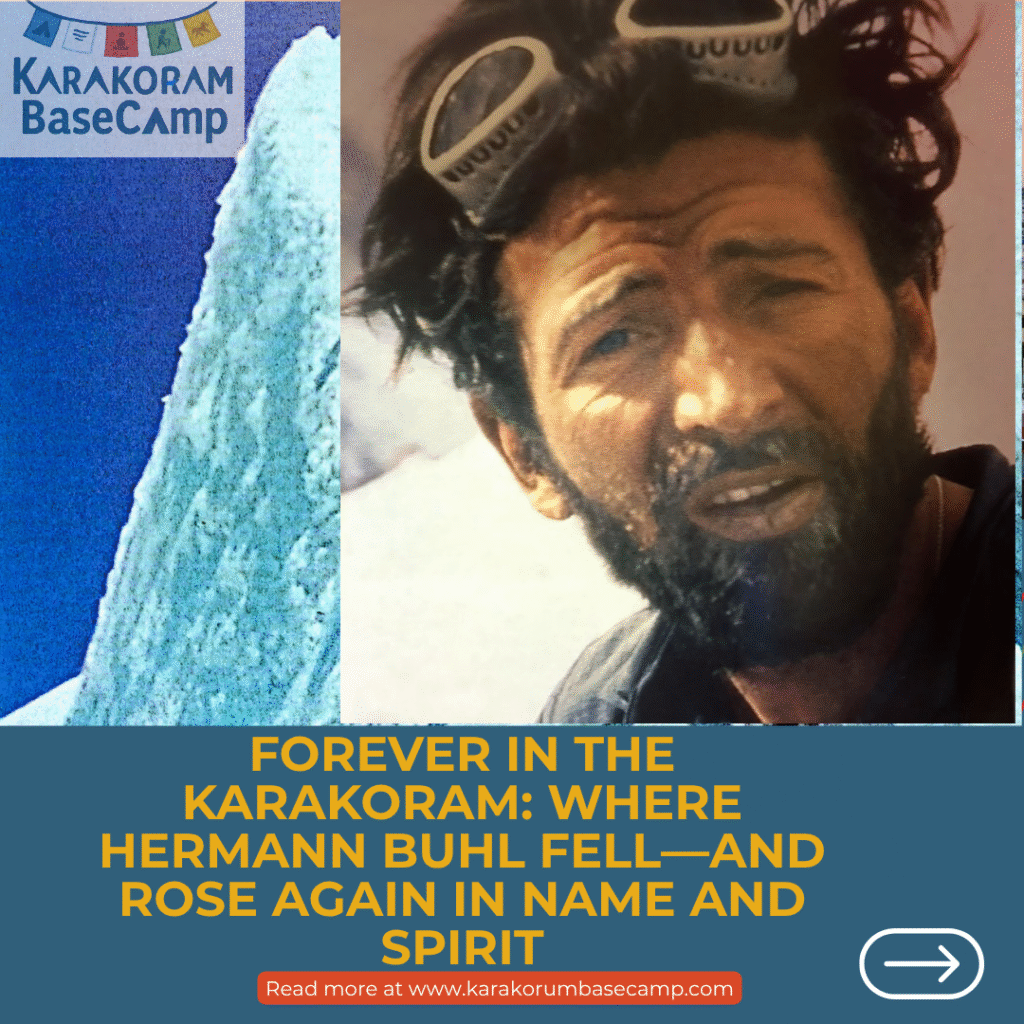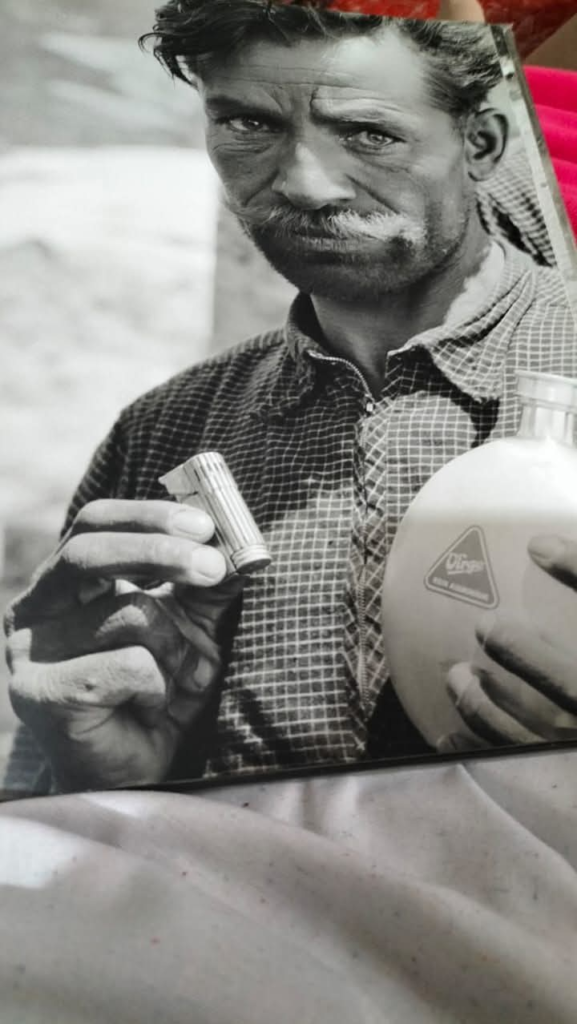
Died: June 27, 1957 – Chogolisa, Karakoram, Pakistan
Nestled in the snow-laden heart of the Karakoram, where towering peaks ascend skyward and legends are sculpted in ice, the name Hermann Buhl endures—not merely in historical records but also within the serene valleys of Hunza. On this day, June 27, 1957, the Austrian mountaineer Hermann Buhl disappeared on the slopes of Chogolisa, consumed by a cornice and never seen again. Previously, he had defied death during a remarkable solo ascent of Nanga Parbat in 1953, becoming the first individual to reach the summit of the mountain alone and without supplemental oxygen. This extraordinary achievement solidified his legacy within mountaineering history; however, it was not solely his. Behind the acclaim of that iconic expedition were the “Hunza Tigers,” an elite team of local high-altitude climbers whose immense strength and expertise rendered the climb possible.

Among them was Sardar Issa Khan, whose profound understanding of the terrain and survival tactics proved essential. Subsequently, deeply inspired by Buhl’s bravery and his spiritual bond with the mountains, Issa Khan made an unexpected decision—he named his son Hermann Bhul.

Today, that son traverses the same valleys where his father once prepared for expeditions, attracting foreign climbers in pursuit of greatness. Hermann Bhul of Baltit, Hunza, represents more than just a namesake; he embodies a living connection between the past and the present, linking a European climber who vanished into the Karakoram with a local heritage that endures. During recent cultural ceremonies in Karimabad, Hermann Bhul has paid homage to his ancestry and namesake by performing traditional mountain dances—rituals that invoke spirits, honour the peaks, and remember those who did not return. In his quiet demeanour, one can sense the convergence of two narratives: one concluding in snow, and the other continuing within the earth below. Two men, two lifetimes, one name—forever united by the Karakoram.
